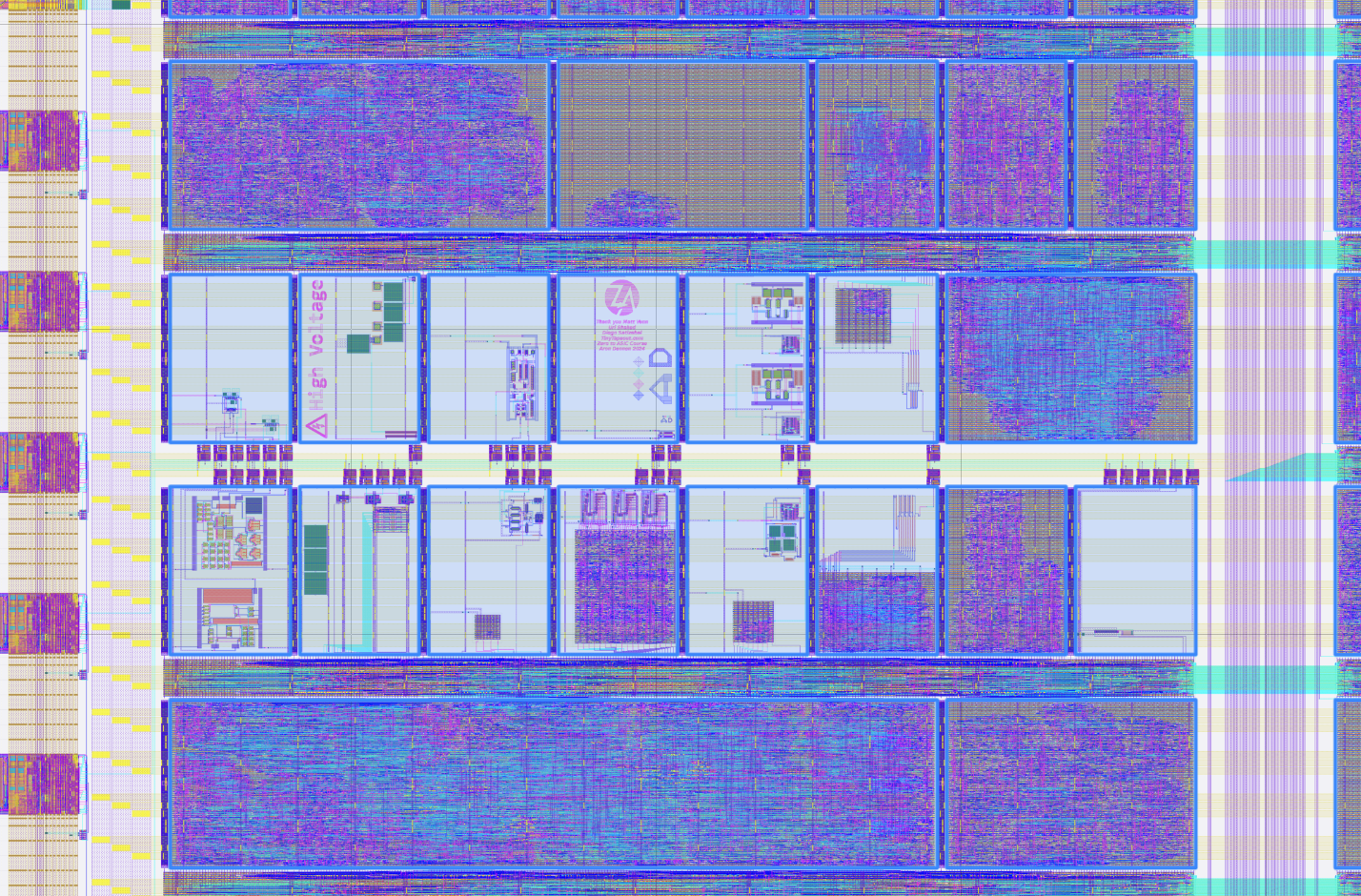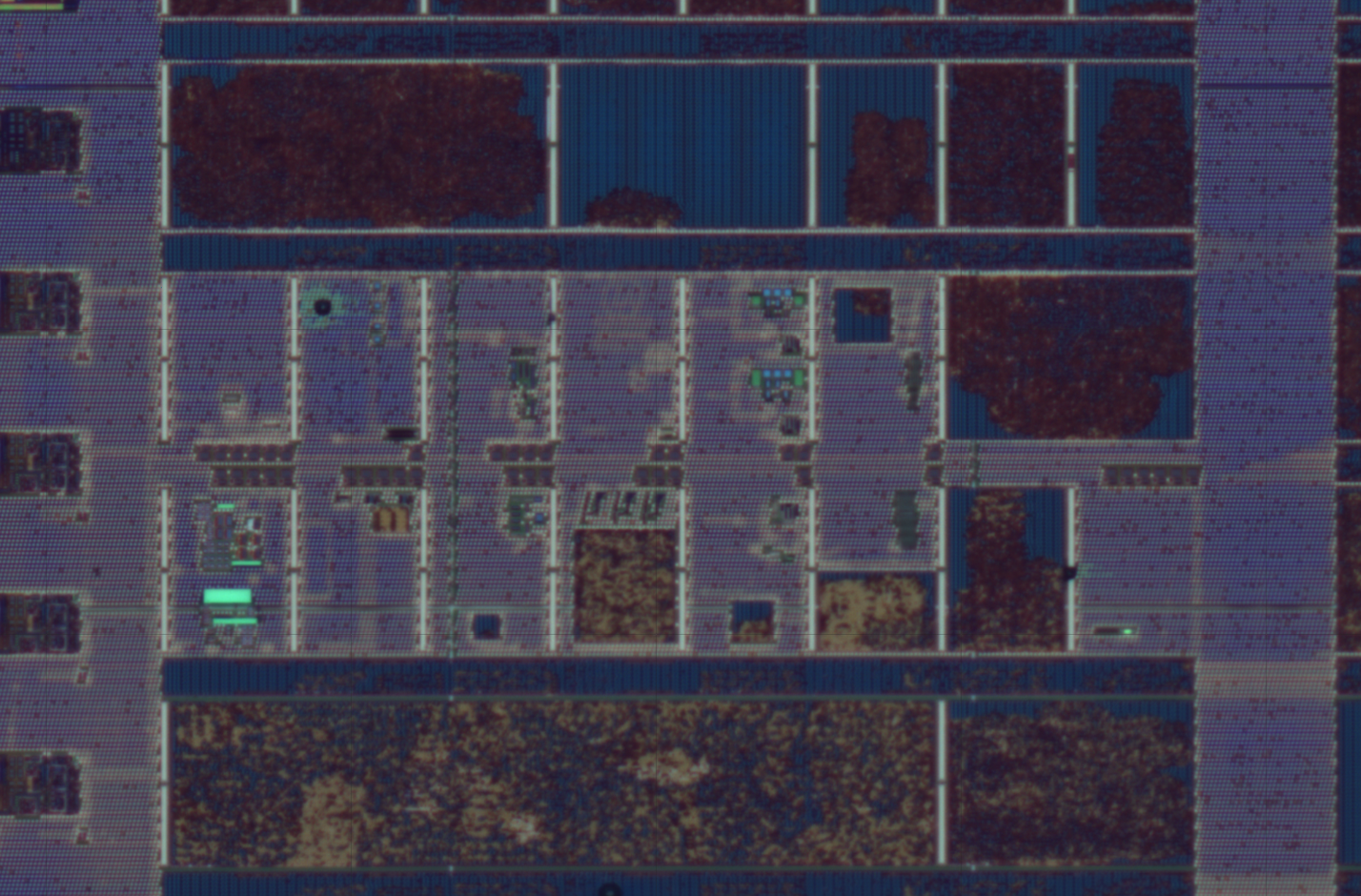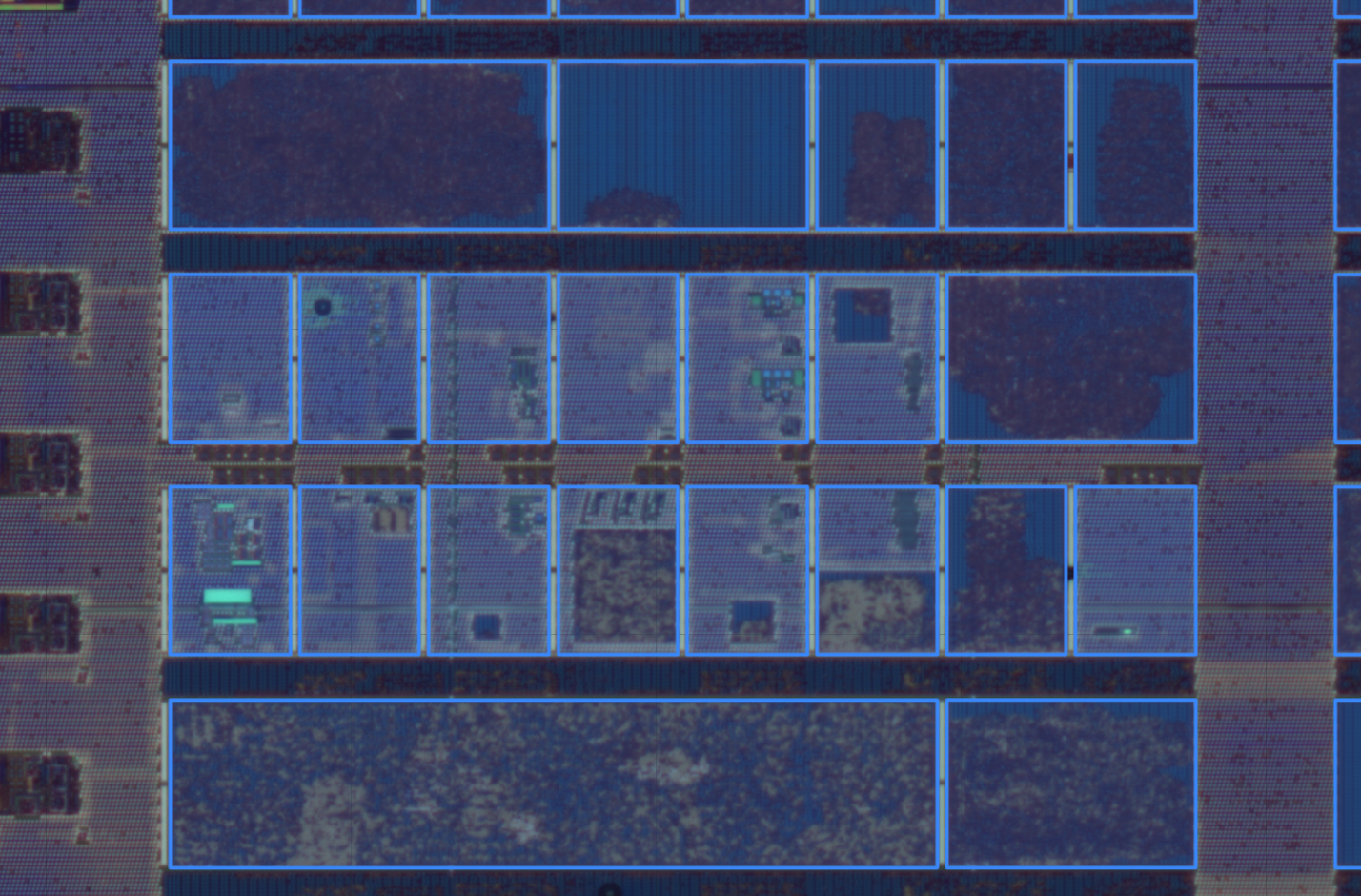How to science a science with science
The purest description of the scientific method I ever saw was in a novel by Kurt Vonnegut.
https://diagrammonkey.wordpress.com/2025/07/03/how-to-science-a-science-with-science/
Neuroscientist by training, tinkerer by nature. Now scanning transparent mouse brains with light-sheet microscopes. Microscopy, clearing, data crunching, tinkering.
Working as postdoc at @radboudumc with Nael Nadif Kasri and Corette Wierenga, looking at neuron-distribution differences in mouse models of ASD.
Married, father of two. Toots in English, German, Dutch. Boosts a lot.
opted into tootfinder for full-text indexing. Check it out: https://www.tootfinder.ch/index.php?join=1
if there is one paper to read from Ammar's PhD thesis, it is https://www.nature.com/articles/s41597-024-03324-x
In this work, he works out how community standards (like minimal reporting standards, open standards, etc) can be included in the whole FAIR approach.
This study formalizes this so that we can even reason over these community standards, see overlap, differences, and link them to use cases. So:
"What standards must I include in my RDM if I want my data to be used for [something]"
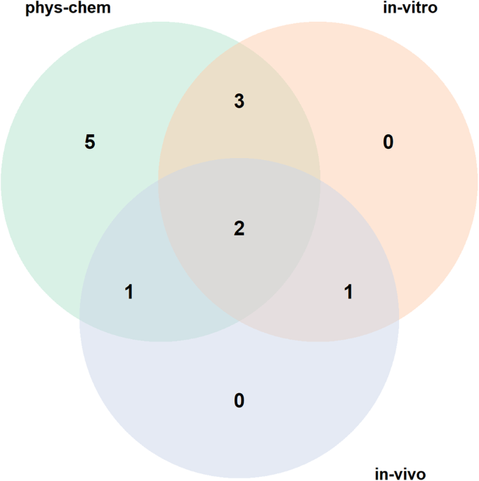
Nanomaterials hold great promise for improving our society, and it is crucial to understand their effects on biological systems in order to enhance their properties and ensure their safety. However, the lack of consistency in experimental reporting, the absence of universally accepted machine-readable metadata standards, and the challenge of combining such standards hamper the reusability of previously produced data for risk assessment. Fortunately, the research community has responded to these challenges by developing minimum reporting standards that address several of these issues. By converting twelve published minimum reporting standards into a machine-readable representation using FAIR maturity indicators, we have created a machine-friendly approach to annotate and assess datasets’ reusability according to those standards. Furthermore, our NanoSafety Data Reusability Assessment (NSDRA) framework includes a metadata generator web application that can be integrated into experimental data management, and a new web application that can summarize the reusability of nanosafety datasets for one or more subsets of maturity indicators, tailored to specific computational risk assessment use cases. This approach enhances the transparency, communication, and reusability of experimental data and metadata. With this improved FAIR approach, we can facilitate the reuse of nanosafety research for exploration, toxicity prediction, and regulation, thereby advancing the field and benefiting society as a whole.
How to science a science with science
The purest description of the scientific method I ever saw was in a novel by Kurt Vonnegut.
https://diagrammonkey.wordpress.com/2025/07/03/how-to-science-a-science-with-science/
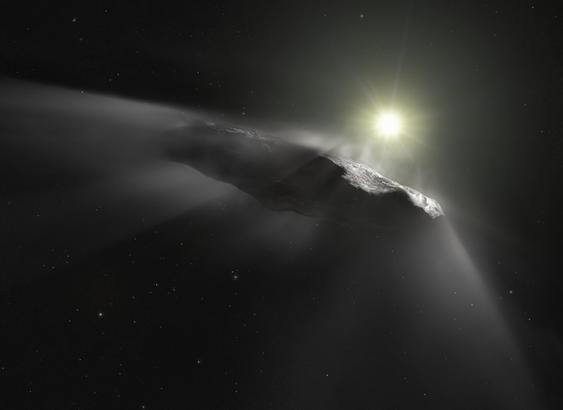
Astronomers have confirmed the discovery of a rare celestial visitor: a comet from beyond our Solar System.Officially named 3I/ATLAS, this newly identified interstellar object is only the third of its kind ever observed, following the famous 1I/ʻOumuamua in 2017 and 2I/Borisov in 2019.
🦪 The life of the mollusca
London, Methuen & Co., 1913.
@ECityMom I think Wikivoyage might fit the bill: https://en.m.wikivoyage.org/wiki/Main_Page
I've used it for city trips around Europe and it's always been at least moderately helpful, even in mid-sized towns.
📘 The analysis is based on publicly available official energy and industry data.
Find it here: https://www.agora-energiewende.org/publications/china-energy-transition-and-climate-status-report 6/6
